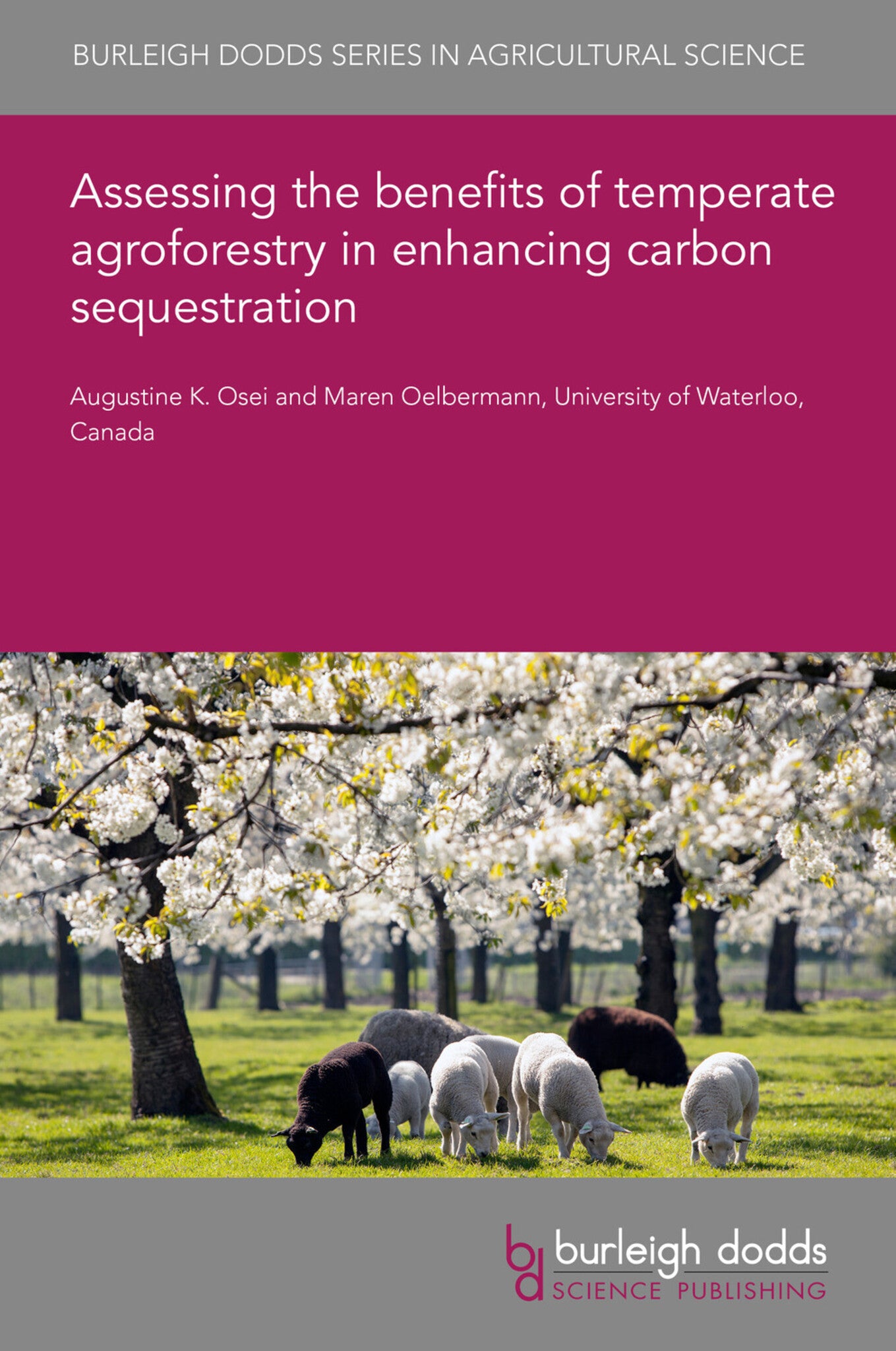We're sorry. An error has occurred
Please cancel or retry.
Assessing the benefits of temperate agroforestry in enhancing carbon sequestration

Some error occured while loading the Quick View. Please close the Quick View and try reloading the page.
Couldn't load pickup availability
- Format:
-
08 March 2025

Implementation of tree-based land management strategies, such as agroforestry, can provide greater benefits for mitigating climate change through increased carbon sequestration in soils and plant biomass. However, the carbon sequestration benefits of temperate agroforestry practices at the system-level have not been well-documented. This chapter evaluates the potential for carbon sequestration in temperate agroforestry systems by analyzing existing data from different agroforestry practices in temperate regions worldwide. The authors analyze carbon sequestration rates for aboveground standing biomass, belowground biomass in roots and soil and contribution to long-term SOC stabilization. Based on their analysis of available data, they project that agroforestry practices could annually offset 20%, 18%, 12%, and 8% of total CO2 emissions in the UK, Europe, Canada, and the USA, respectively. Due to the lack of sufficient information to accurately estimate reliable data, they emphasize these projections should be regarded as such.

TECHNOLOGY & ENGINEERING / Agriculture / Forestry, Forestry and silviculture, TECHNOLOGY & ENGINEERING / Agriculture / Sustainable Agriculture, Sustainable agriculture

- 1 Introduction: moving from conservation to carbon a historical overview
- 2 System-level carbon dynamics in temperate agroforestry
- 3 Projections of potential carbon sequestration in temperate agroforestry systems
- 4 Conclusion and future directions
- 5 Where to look for further information
- 6 References



